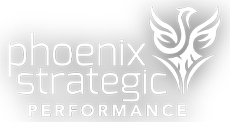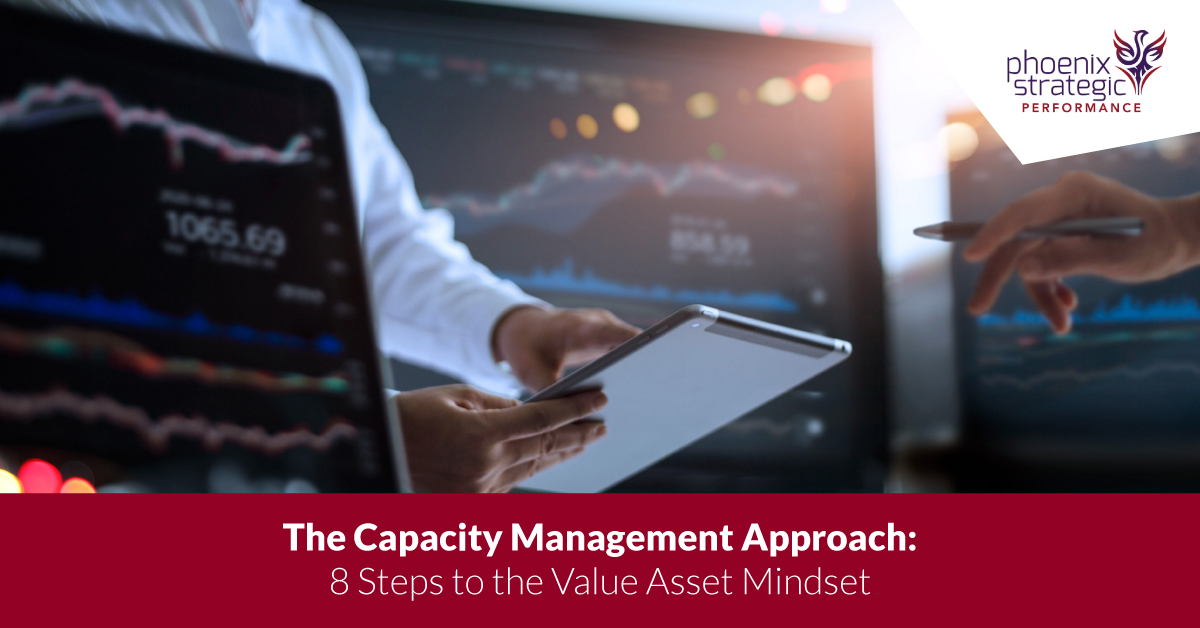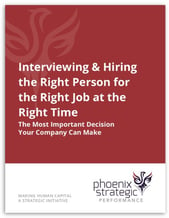Have you ever thought, heard or said the following?
- Organization charts aren’t worth the paper they’re printed on?
- Here is the organization chart, but, let me tell you how it really works!
- Why do we need organization charts anyway – they only reinforce bureaucracy which is counterproductive?
- We can’t figure out how to put together an organization chart that makes any sense
Why Should We Even Bother?
Why do organizations spend so much time putting organization charts together, and why do they rarely display how the organization really works? Because we desperately need to rationalize how the organization works, recognize how work gets done and define how accountability is managed. Without a visual depiction or starting point, we are disorganized around chaos where people are busy (but busy doing what and for whom?) and where accountability is elusive because no one really knows who is responsible. This describes a state of disorganized chaos which is hardly an efficient and effective way to run a business and is frustrating for everyone involved, both managers and employees.













